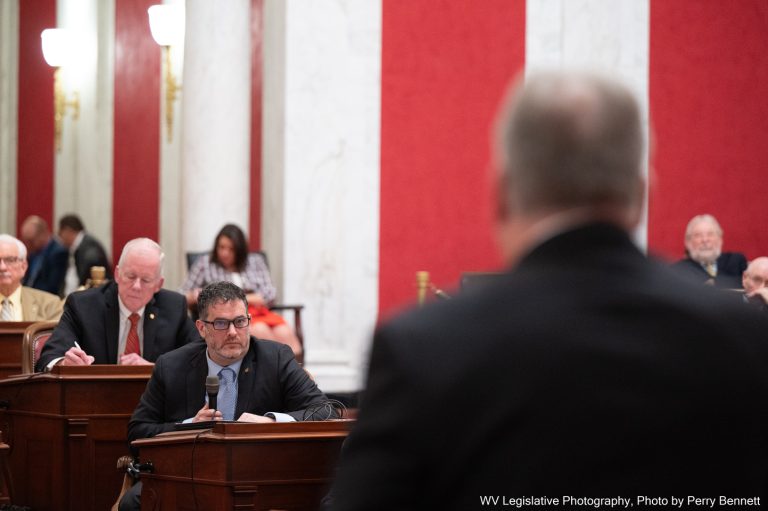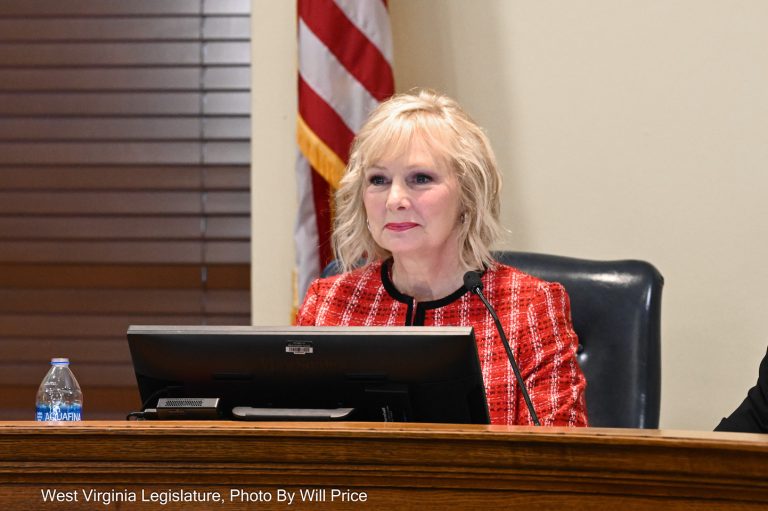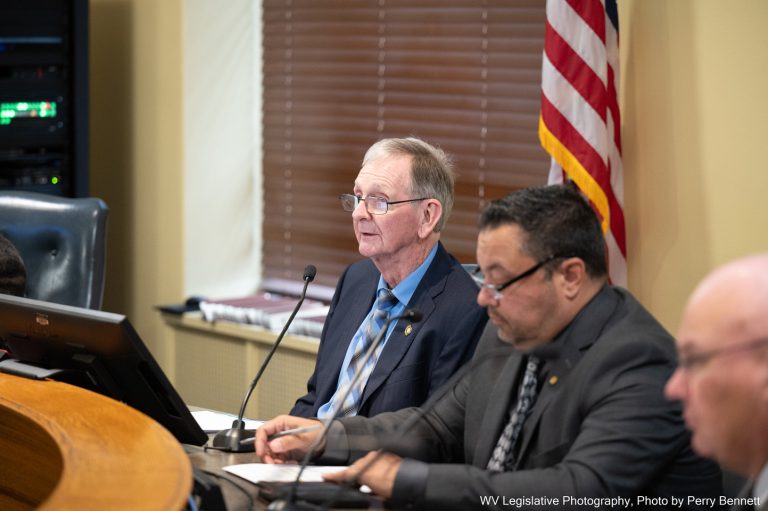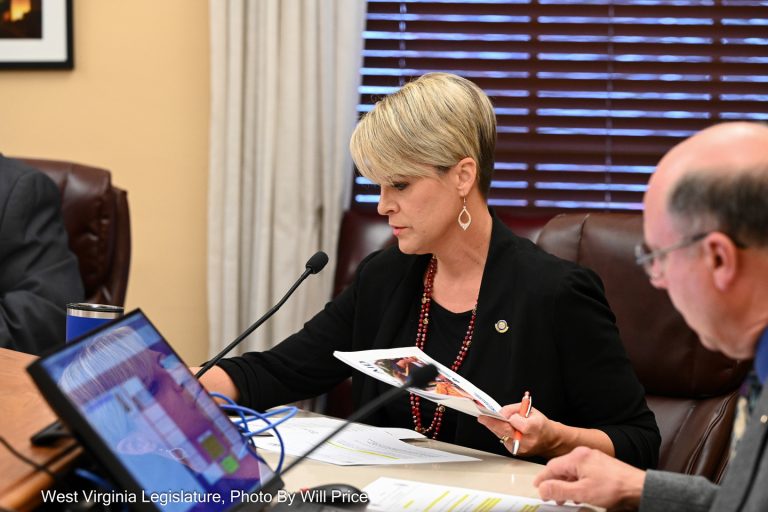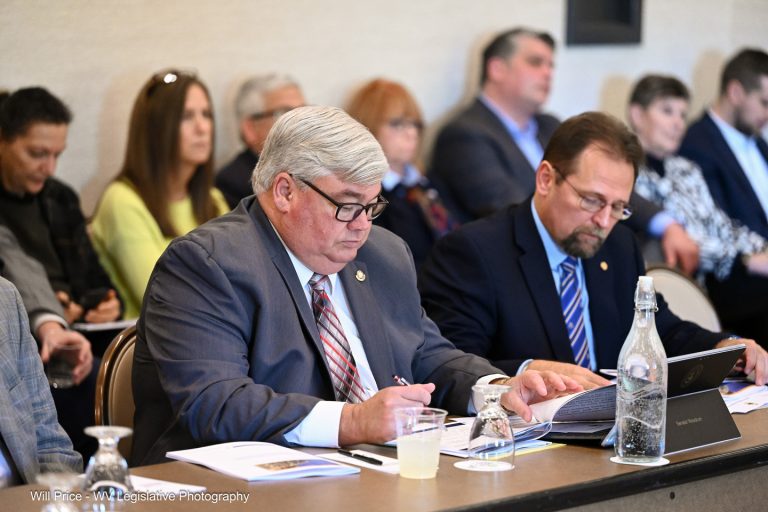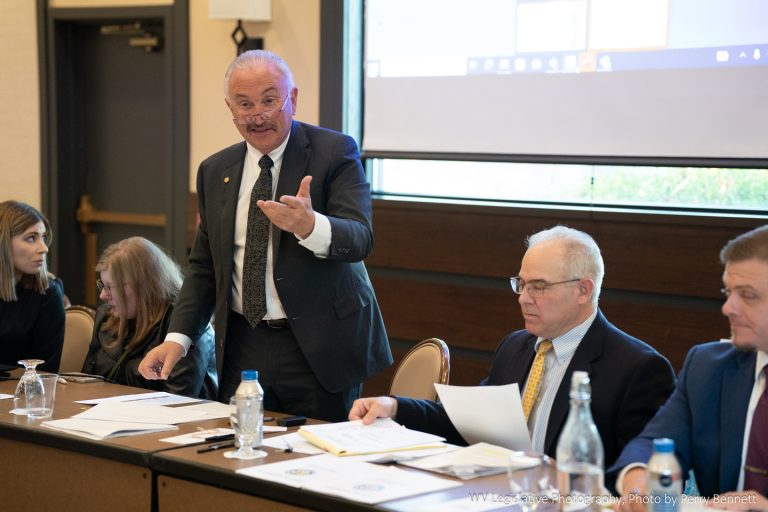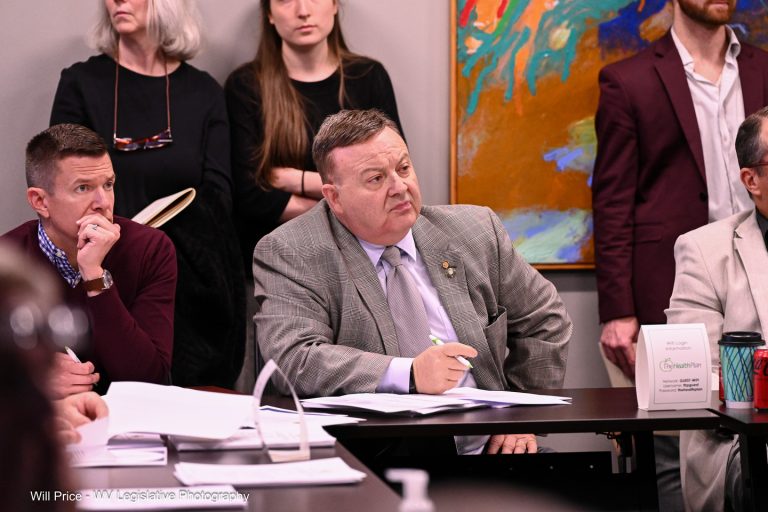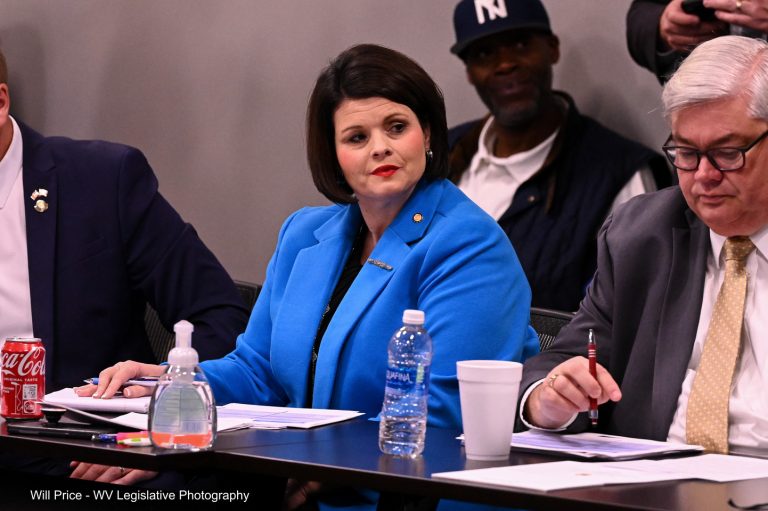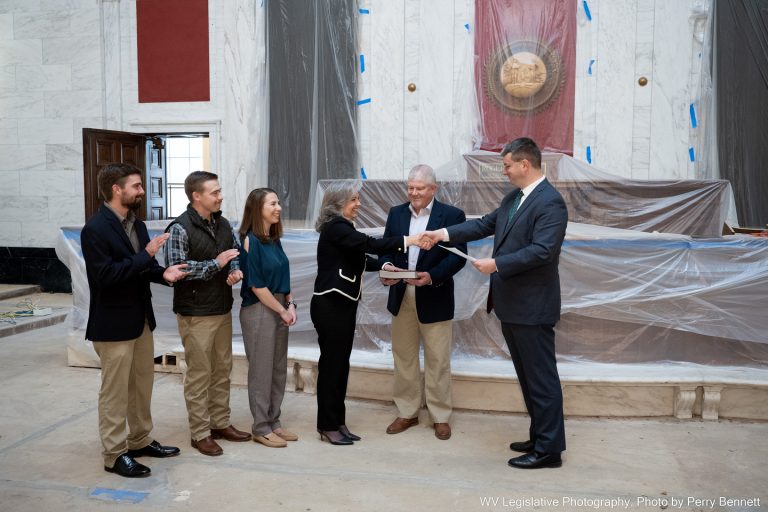The presidents of Mountaineer Gas and West Virginia American Water addressed members of the interim committee Monday morning, regarding a water line break on Nov. 10 that sent thousands of gallons of water through 46 miles of Mountaineer Gas’ distribution system and caused gas service to be disrupted for roughly 1,500 customers on Charleston’s West Side for up to two weeks.
The outage caused damage to multiple customers’ appliances, including stoves and furnaces among others. David Lokant, President of Mountaineer Gas, says his company has worked to replace the appliances for all the customers that were impacted.
Lawmakers were attempting to find out how and why the break occurred. Many of their questions remain unanswered.
Both West Virginia American Water President Robert Burton and Lokant said their monitoring systems showed no signs of problems, with Burton mentioning that the line that broke did not register on their leak monitoring system and that it had been checked just hours before the break that was reported at roughly 1:50 p.m. in Nov. 10.
“Those are the facts that West Virginia American Water knows,” Burton said.
Lokant mentioned that Mountaineer Gas completed a required three-year leak survey that included the West Side in October of 2023. No leaks were found at that time.
Burton told the committee that the break happened in an 8-inch water main along Madison Street on Charleston’s West Side. He noted that the line was installed in 1989, making it a relatively young line according to industry standards. Burton said the main was in good condition with no history of leaks, repairs or customer complaints dating back to the most recent records the company has that date to 2009. Burton indicated that the life expectancy of that type of line is 80 to 100 years.
West Virginia American Water received its first call of a problem at 1:50 p.m. on Nov. 10. It confirmed the leak and had a crew on scene to make repairs by 5:30 p.m. Repairs were made and completed by 4 a.m on Nov. 11 according to Burton and then Mountaineer Gas crews arrived to repair its line. The hole was backfilled and has since been covered with concrete.
Lokant said Mountaineer Gas began receiving calls by the evening of Nov. 10 from its customers about not having gas service. He said the first call came from Papa John’s on Patrick Street. He noted Mountaineer Gas doesn’t have an emergency alert system like some other utilities so their workers began going door to door to see who was impacted.
“We did not know how far the water would have traveled. Then we had to start scouring the areas and that’s where we had to go house to house to see how far–when we pulled a meter was there gas or not,” Lokant said. “We found water everywhere.”
Both Burton and Lokant said their companies will continue to cooperate with a state Public Service Commission general investigation, which is in its early stages. Both utilities have been asked to provide detailed information as part of the probe.
Burton said more than 200 customers have inquired about WVAM’s offering of paying up to $2,000 in damages from the gas outage. He said 26 checks have been written for an average of $1,600.
“These payments are prompt, not reduced by the fees of plaintiffs’ lawyers and reasonable,” Burton said. “The claims are related to a gas outage not to a water outage and we are asking customers for partial release of the claims we are addressing.”
Lokant said 1,500 of the company’s 2,100 customers on the West Side were impacted by water through their gas lines. He said the company is still attempting to make contact with roughly 40 customers who they haven’t been able to catch at home. Lokant also noted Mountaineer Gas is currently contracting with 30 HVAC and plumbing crews to finish appliance repairs and replacements for approximately 125 customers. The company has also given a $75 credit on the latest gas bill of each of its customers in the impacted area.
Delegate Mike Pushkin, (D-Kanawha, 54) who lives on the West Side and had damage from the outage, was glad to hear from both Presidents but believes he still has more questions than answers with regard to how this happened.
“I think we have a long way to go to get to the bottom of this but I think this was an important first step,” Pushkin said. “It’s important to answer questions from elected representatives of the people.”
He added he still has questions as to why it took Mountaineer Gas so long to alert its customers, noting that if customers are late on a payment, they are alerted quickly.
There have been at least two class-action lawsuits filed in connection with the outage.
“We all know there’s a class-action suit. Both of these utilities are going to be in court. I believe they are suing each other,” Puskin said. “A lot more information is going to come out.”


